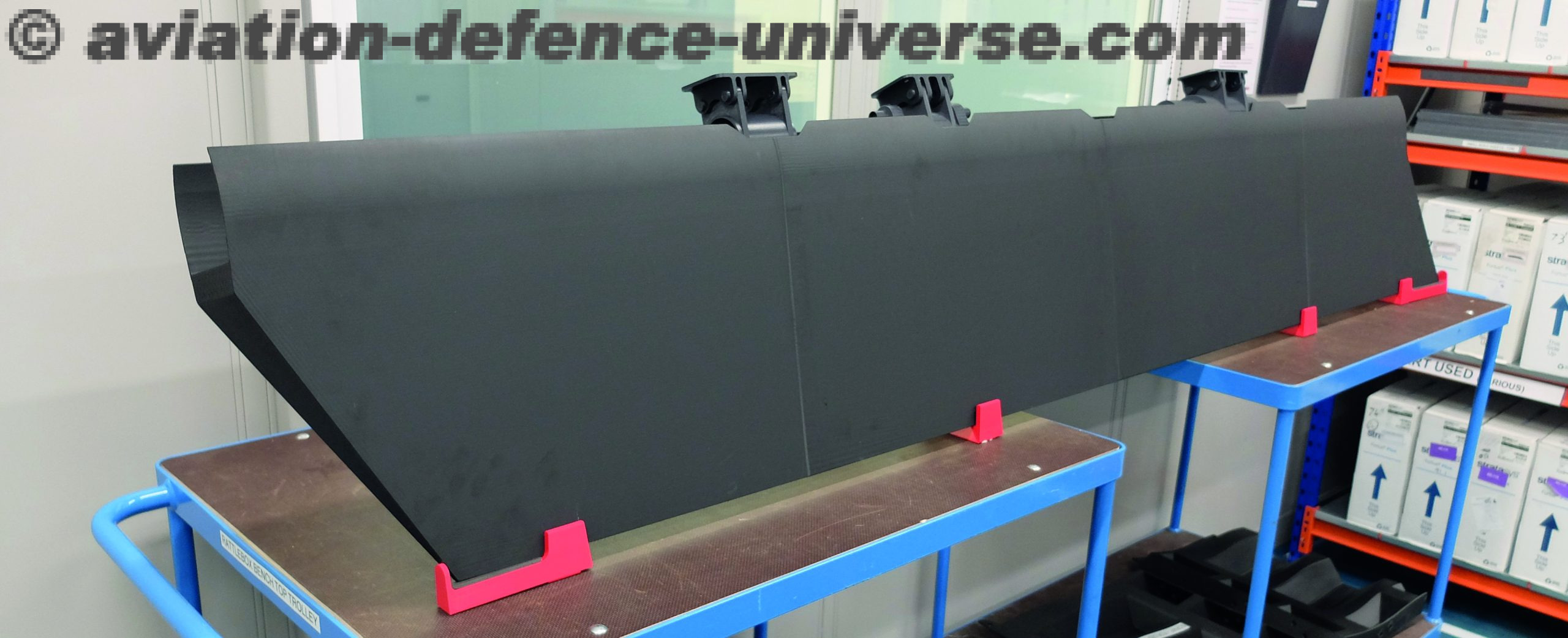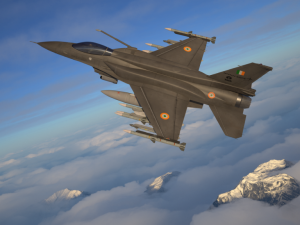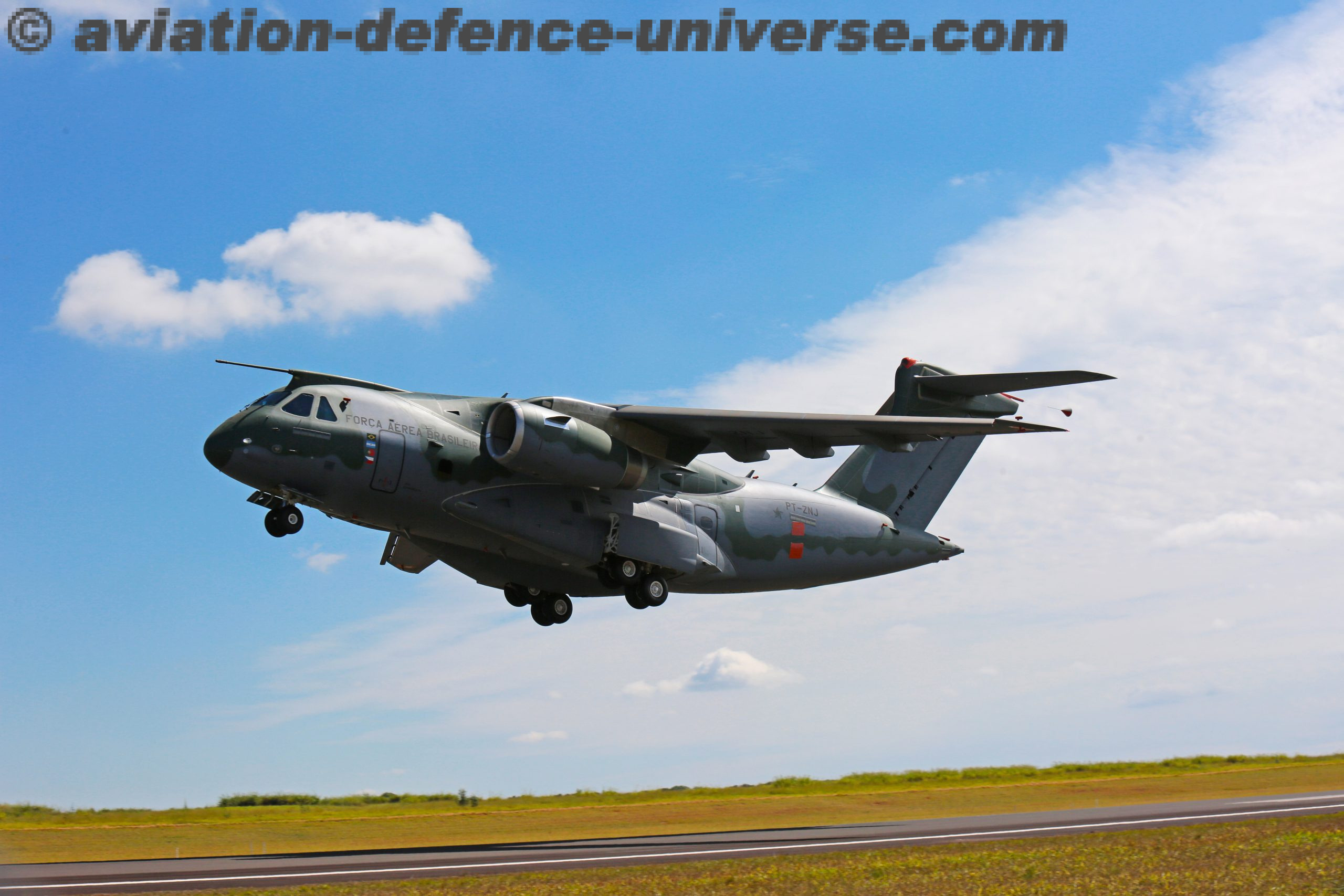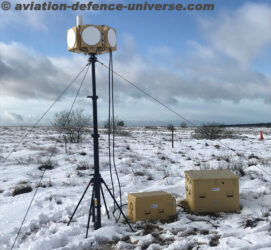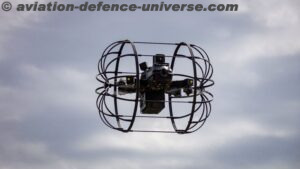- Uncrewed, Affordable & Mission-Ready
- Faster, Cheaper & Smarter
- Slashes Production Time for Critical Aircraft Parts
By Adam Watson, Managing Director, BAE Systems India
New Delhi. 08 October 2024. Both the UK and U.S. have committed to rapidly equipping their armed forces with multiple Uncrewed Air Vehicles (UAVs), but how do we make this as affordable as possible?
We’ve now shown that 3D printing can help us produce UAV wing parts in a fraction of the time taken by traditional methods – taking only 50 hours rather than the hundreds associated with more traditional fabrication and assembly methods

As a BAE System Spokesperson, explained: “A component like an aileron, which is critical for controlling an aircraft in flight, could take hundreds of hours to construct using traditional manufacturing methods, even for a UAV. You’d need to manually assemble more than 100 parts with bolts and rivets, all to exact specifications with rigorous quality control every step of the way. With our new process, we can set the 3D printer to start on a Friday afternoon, then when we get in Monday morning the parts are there waiting for us.”
We’ve shown that we can create a complete aileron measuring about 2.4m long, designed for our concept 2 attritable UAV. Our Concept 2 Uncrewed Air System is a medium-size aircraft designed to substitute or augment existing forces in Attack, ISR and ‘Control of the Air’ roles. The aircraft is designed for 100+ sorties, but by attritable we mean that it is much lower cost than other combat air vehicles, so in combination with being uncrewed this means that it can be deployed in higher risk missions where there could be concerns around loss of a higher cost vehicle and impacts for crew.
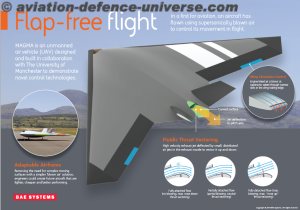 This is printed as four sections, which are then bolted together and already include the necessary internal structure to withstand the forces experienced by the UAV in-flight. The total ‘touch time’ involving people is around 15 hours – a fraction of the time it would take to assemble 100+ parts.
This is printed as four sections, which are then bolted together and already include the necessary internal structure to withstand the forces experienced by the UAV in-flight. The total ‘touch time’ involving people is around 15 hours – a fraction of the time it would take to assemble 100+ parts.
The BAE Systems spokesperson added: “The parts are produced to tolerances which are not as exacting as those for a manned aircraft like Typhoon for instance, but for a limited service life UAV designed for this process is a fraction of the cost and time of traditional methods of manufacture. We’ve performed an extensive test programme to demonstrate that the material used can meet mechanical property requirements and plan to build the evidence for certification process this year, which would mean they could be tested in the air.”
The company spokesperson further explained how we’re taking a rapid development approach: “We’re combining synthetic modelling and rapid prototyping to certify these parts quickly and get them into the sky.”


































